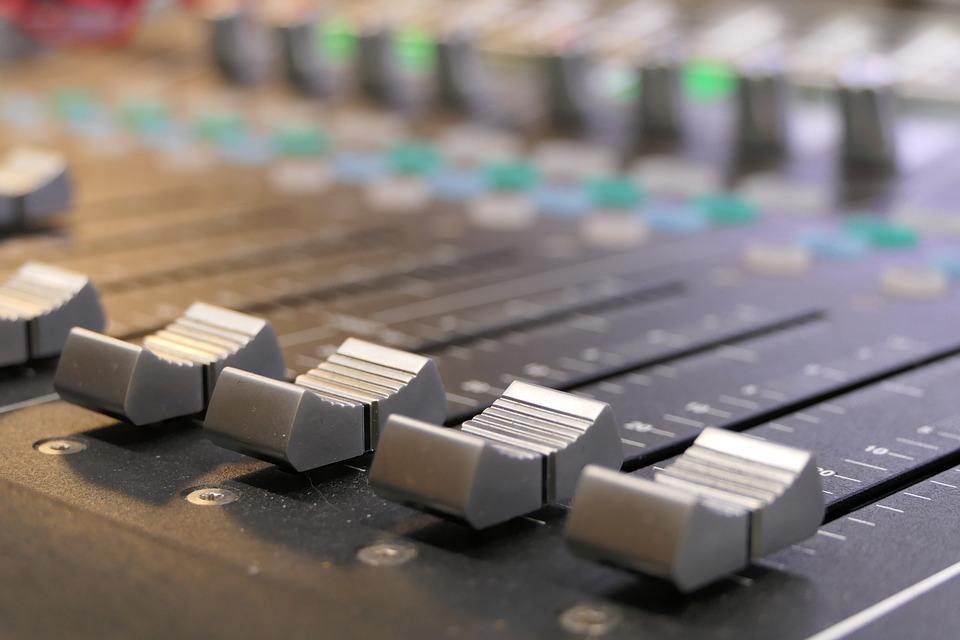The Importance of Storytelling in Radio Broadcasting
Radio broadcasting has been a powerful medium for storytelling since its inception. The art of storytelling in radio has the unique ability to captivate audiences through the use of sound alone. This makes it a powerful tool for engaging listeners and creating a strong connection with them.
In a digital age where visual content dominates much of the media landscape, radio broadcasting offers a different kind of experience for audiences. By using sound to create a rich tapestry of storytelling, radio broadcasters can transport listeners to different worlds, evoke emotions, and spark the imagination in ways that visual mediums cannot.
How Radio Broadcasters Engage Audiences Through Storytelling
There are several key techniques that radio broadcasters use to engage audiences through storytelling. One of the most important elements is the use of a strong narrative structure. A well-crafted story will have a clear beginning, middle, and end, with a compelling plot that keeps listeners hooked from start to finish.
Another important technique is the use of descriptive language and sound effects to create a vivid sensory experience for the audience. By painting a picture with words and sounds, radio broadcasters can transport listeners to different places and immerse them in the story.
Radio broadcasters also use the power of voice to engage audiences through storytelling. A skilled storyteller knows how to use inflection, tone, and emotion to bring characters to life and create a sense of drama and tension in the story.
Challenges in Storytelling in Radio Broadcasting in a Digital Age
While radio broadcasting offers a unique and powerful platform for storytelling, there are also challenges that broadcasters face in engaging audiences in a digital age. One of the biggest challenges is the competition for audience attention from other forms of media, such as social media, streaming services, and podcasts.
To overcome these challenges, radio broadcasters must find ways to adapt their storytelling techniques to the digital landscape. This may involve creating interactive content, leveraging social media platforms to engage with audiences, and incorporating multimedia elements into their broadcasts.
Another challenge is the short attention spans of modern audiences. In a world where information is constantly being bombarded at us from all angles, it can be difficult to hold listeners’ attention for an extended period of time. Radio broadcasters must find ways to keep their storytelling concise and engaging to capture and retain audience interest.
The Future of Storytelling in Radio Broadcasting
Despite the challenges that radio broadcasters face in a digital age, the future of storytelling in radio broadcasting is bright. As technology continues to evolve, radio broadcasters have more opportunities than ever to engage audiences through storytelling.
One exciting development is the rise of podcasting as a popular medium for storytelling. Podcasts allow broadcasters to reach a global audience and create immersive storytelling experiences that can be accessed anytime, anywhere.
Another exciting trend is the use of virtual reality and augmented reality technologies to enhance storytelling in radio broadcasting. By creating interactive and immersive experiences for listeners, broadcasters can push the boundaries of traditional storytelling and create new and innovative ways to engage audiences.
In conclusion, the art of storytelling in radio broadcasting is a powerful tool for engaging audiences in a digital age. By using sound to create vivid and immersive storytelling experiences, broadcasters can captivate listeners, evoke emotions, and spark the imagination in ways that visual mediums cannot. As technology continues to evolve, radio broadcasters have more opportunities than ever to push the boundaries of storytelling and create innovative experiences for their audiences.



Leave a Reply